Halloween is a time for ghoulish goings-on and tales of things that go bump in the night - and the world of gemstones is no stranger to these. Stories of jinxed gems abound throughout the jewellery trade and here we present just a few of the mysteries and spooky stories that accompany some famously cursed gemstones.
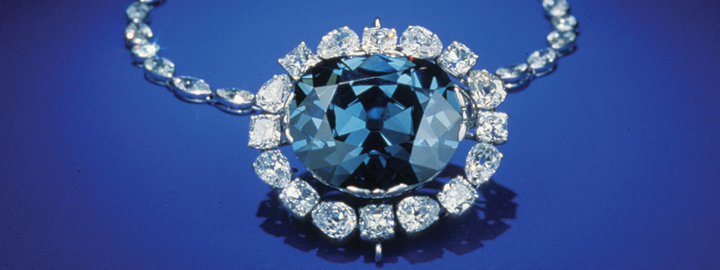
The Hope Diamond
Probably the best known cursed gemstone, the Hope Diamond was brought from India by French merchant traveller Jean-Baptiste Tavernier sometime before 1668. Legend has it that he activated the curse by stealing the diamond from the forehead or eye of the Hindu goddess Sita and was mauled by Russian dogs. Fortunately for Tavernier this was not the case, as he both bought and sold the diamond legitimately, establishing him as a merchant of fine gemstones. At the time Tavernier sold it to King Louis XIV, it was known as the ‘French Blue’ and passed through other French monarchs in different settings until it vanished in September 1792 during a robbery of the French crown jewels.
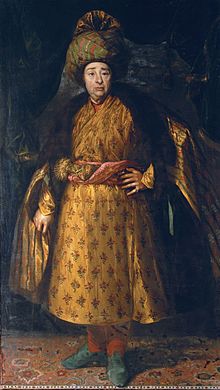
It resurfaced in 1812 when London diamond merchant Daniel Eliason revealed a deep blue diamond with very similar characteristics. The Smithsonian decreed there was strong evidence that this stone was the French Blue, re-cut to hide its identify and now known as the Hope Diamond. There is also evidence that it was in the possession of King George IV and sold after his death to repay his debts.
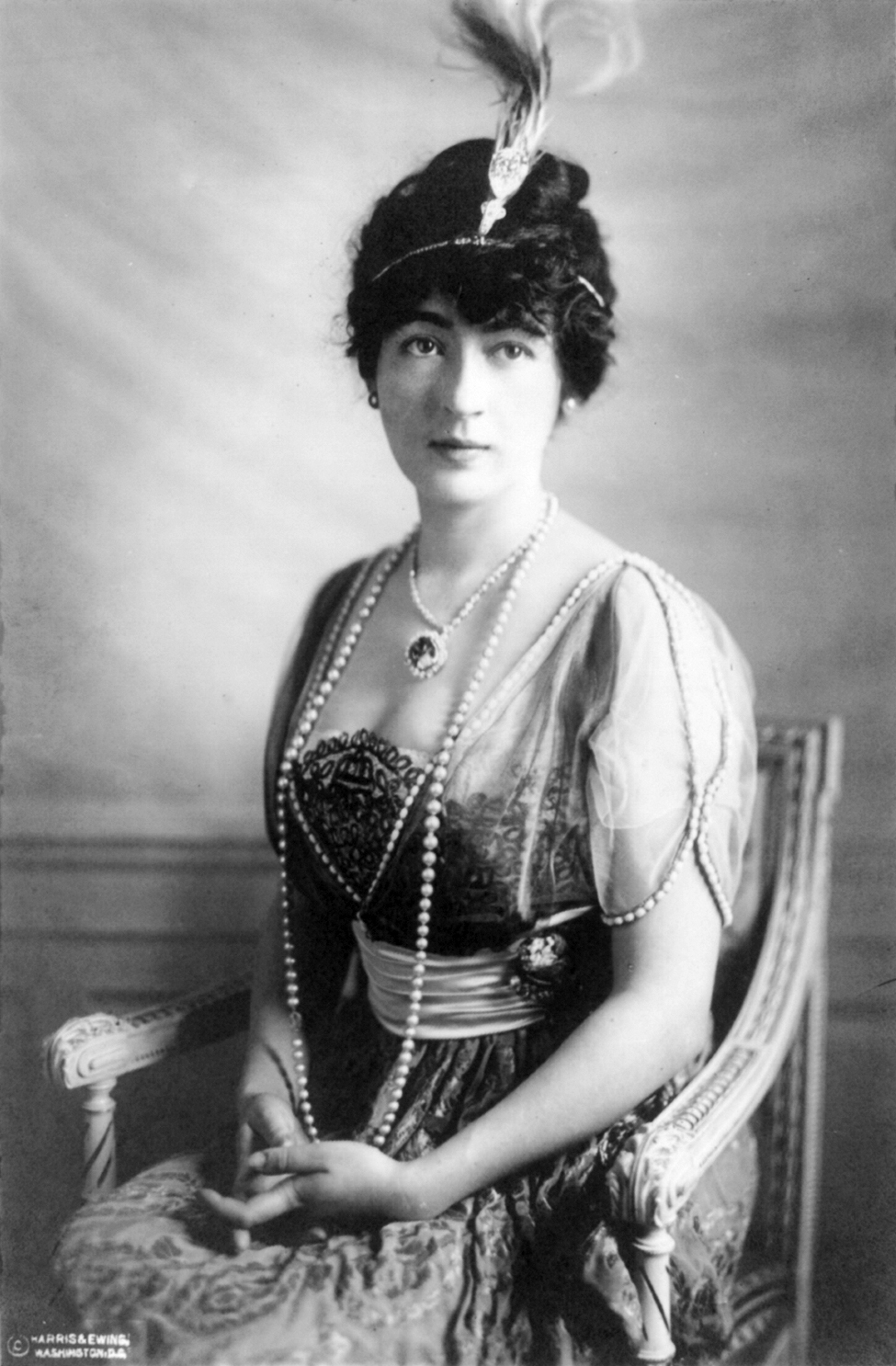
The stone then passed through various private collectors before being sold to Pierre Cartier 1909. While stones of this calibre were not easy to sell, Cartier often had success with Evalyn Walsh McLean, the American mining heiress and socialite. Originally Mclean wasn’t going to purchase the stone because she didn’t like the setting but changed her mind when Cartier redesigned the jewel. It is said that Cartier used the stone’s curse as part of his sales pitch, with McLean saying she felt that objects deemed to be unlucky were lucky for her.
Indeed, life did go well for McLean after she bought the Hope Diamond, at least for a while. She enjoyed showing off her new diamond at elite parties, even throwing ‘Find the Hope’ treasure hunts, where she would stash the gem somewhere in the house for someone to find. But her life eventually took a turn for the worse, with a series of terrible events. Her first born son was killed in a car crash, her husband left her for another woman and destroyed the family fortune, the family newspaper, The Washington Post, went bankrupt and her daughter died of an overdose, a year after which McLean died herself at the age of sixty. Her jewellery was sold to pay her debts and the buyer, Harry Winestone, donated the Hope Diamond to the Smithsonian Institution, where it has been displayed, curse-free, ever since.
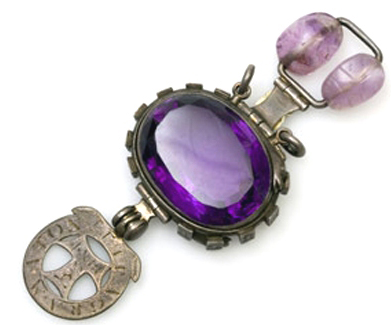
The Delhi Purple sapphire
The Delhi Purple sapphire resides at London’s Natural History Museum, mounted in a ring in the form of a snake. With the ring is a letter claiming that the stone was stolen from the Temple of God Indra at Cawnpore, India, and brought to London by Colonel W. Ferris, who suffered many misfortunes from that day on. According to the letter, after the Colonel died it was passed on to his son, then to Persian scholar Edward Heron-Allen, who in turn passed it on to friends, who suffered with a trail of disaster, including suicides, apparitions and failed careers. Heron-Allen then packaged the stone into seven boxes and deposited it with his bankers, with the instruction that it was not to see the light of day again until 33 years after his death. But less than a year after he died, his daughter donated it to the museum, where it was decided to go against the recommendation that the stone be cast out to sea.
The museum’s scientists believe that this story was made up by Heron-Allen to give credibility to a short story he wrote in 1921, called ‘The Purple Sapphire’. And, in fact, the stone is actually an amethyst. The jewel is still on display at the museum’s Vault Collections where it hasn’t done any harm to anyone, as of yet.
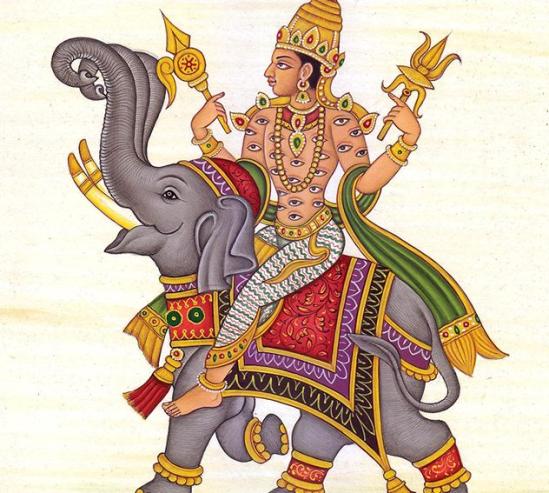
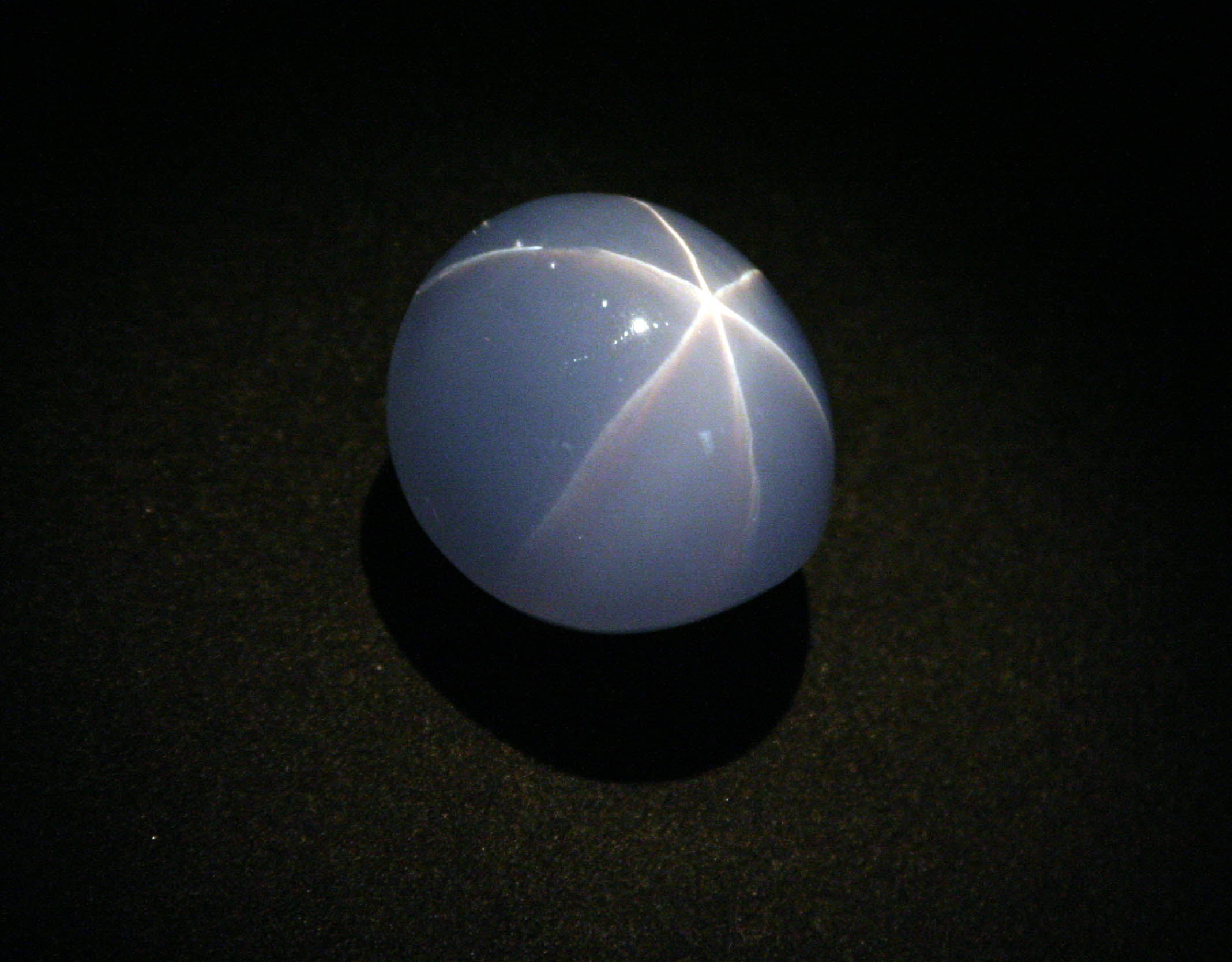
The Star of India
Known as The Star of India, this 563 carat cabochon is the largest gem quality blue star sapphire in the world. Apart from this record-breaking fact, the stone is also well known for being part of the biggest gemstone heist in American history. The gem was displayed in the American Natural History Museum in the J.P. Morgan gem hall when, on October 29, 1964, three thieves broke in and stole $410,000 worth of jewels. The day they chose to steal these wonderful jewels was unlucky for the museum but lucky for them. On the day of the robbery the tops of the hall’s windows were open for ventilation, the batteries in the display case to power the alarm had been dead for months and there was no security guard assigned to the room. The stones were also not insured, probably because of the premiums.
Thankfully, most of the gems were recovered from a locker in the Miami Trailway bus terminal, but the story of there being a curse around The Star of India has stayed with it.
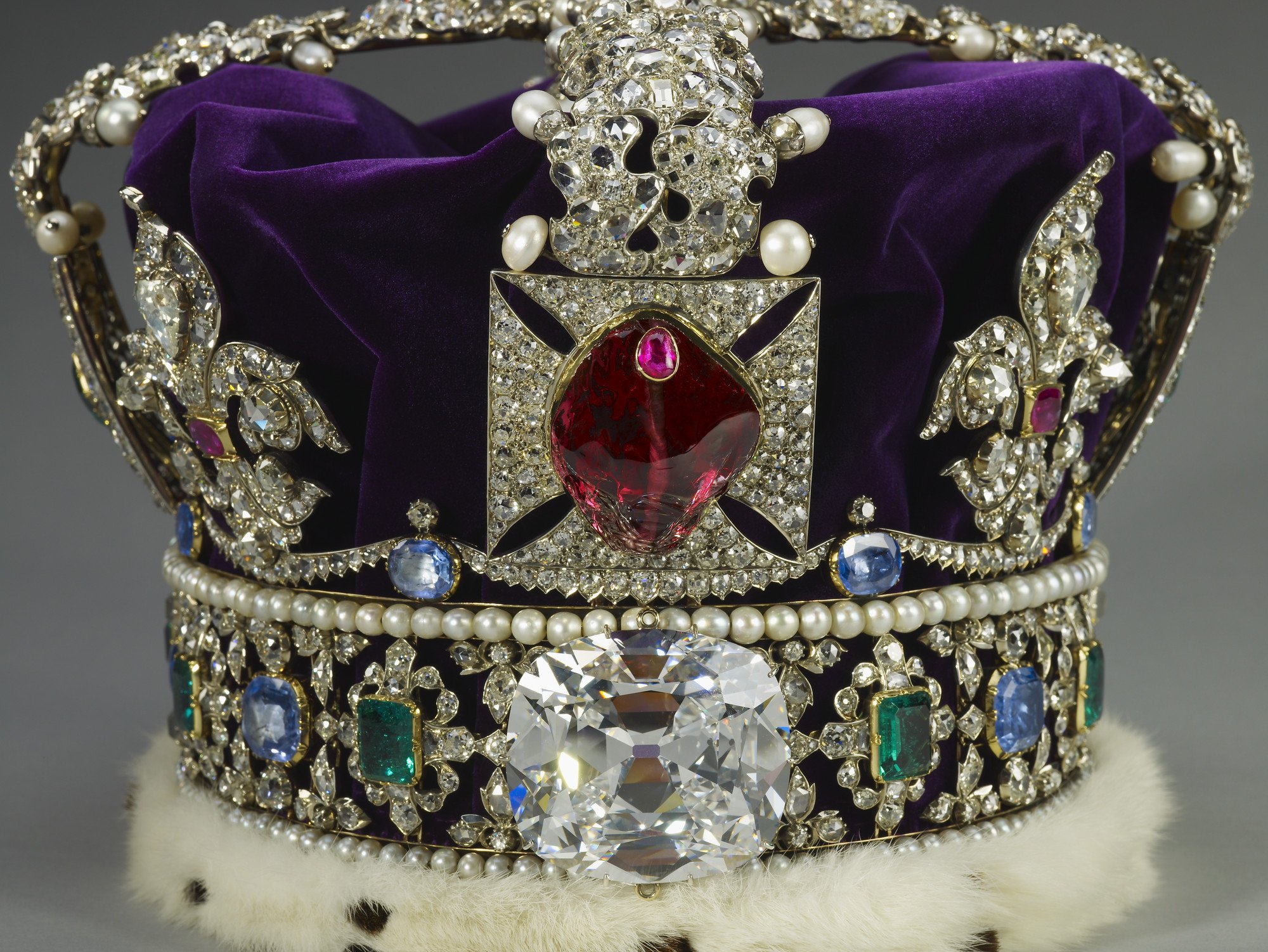
The Black Prince ruby
Set in the English Imperial State Crown, The Black Prince ruby is in fact a red spinel and not a ruby, from which it gets its alternative name of ‘The Great Imposter’. The stone also has a bloody past.
Originally belonging to the Sultan of Granada, the spinel was found on or near his body after he had been brutally stabbed by Pedro the Cruel, King of Castile or by his men. Pedro obtained the gemstone and called for Edward of Woodstock, known as the Black Prince, to help defend him from his half-brother. The two were victorious and Edward was given the stone as a fee for his service. But, soon after receiving the Spinel, a mysterious illness came over Edward and he died nine years later from the disease.
Death and disease have followed other men who obtained the Black Prince’s ruby. Henry V wore the gemstone in the Battle of Agincourt and nearly died. Richard III was rumoured to be wearing it when fighting in the Battle of Bosworth. Some say that, even now it’s set in the crown, it still carries the curse attached to it, with events such as a fire that threatened jewellers in 1841 and the bombs that hit London in WWII being attributed to the curse.
Gemstone specialists GF Williams supplies a huge range of high quality coloured gemstones and is an expert and experienced gemstone supplier to designers, manufacturers, collectors and private clients.
Find out more about how GF Williams can fulfil your gemstone requirements by browsing our online gemstone catalogue or contacting our friendly team of gemstone experts on +44 (0) 207 405 5477 or email office@gfwilliams.co.uk.
